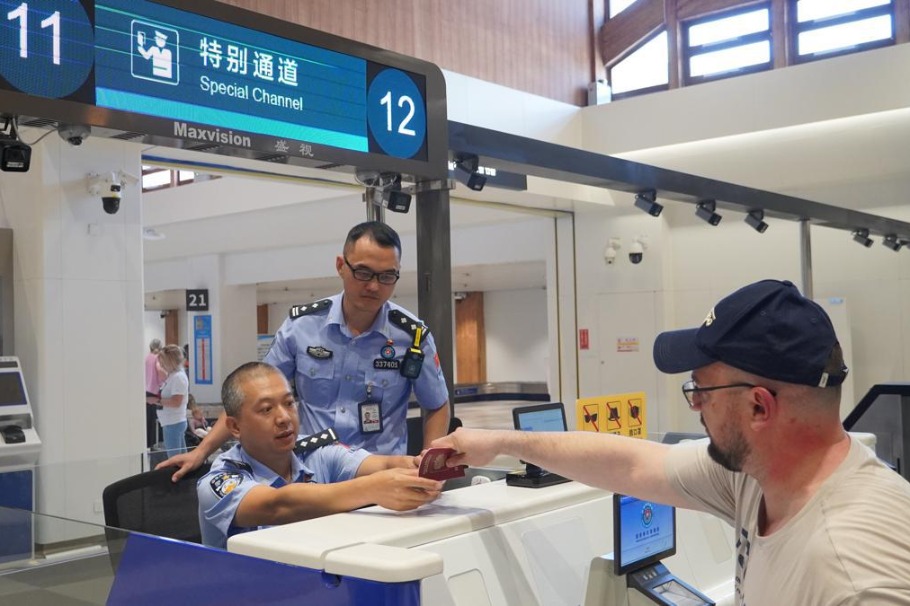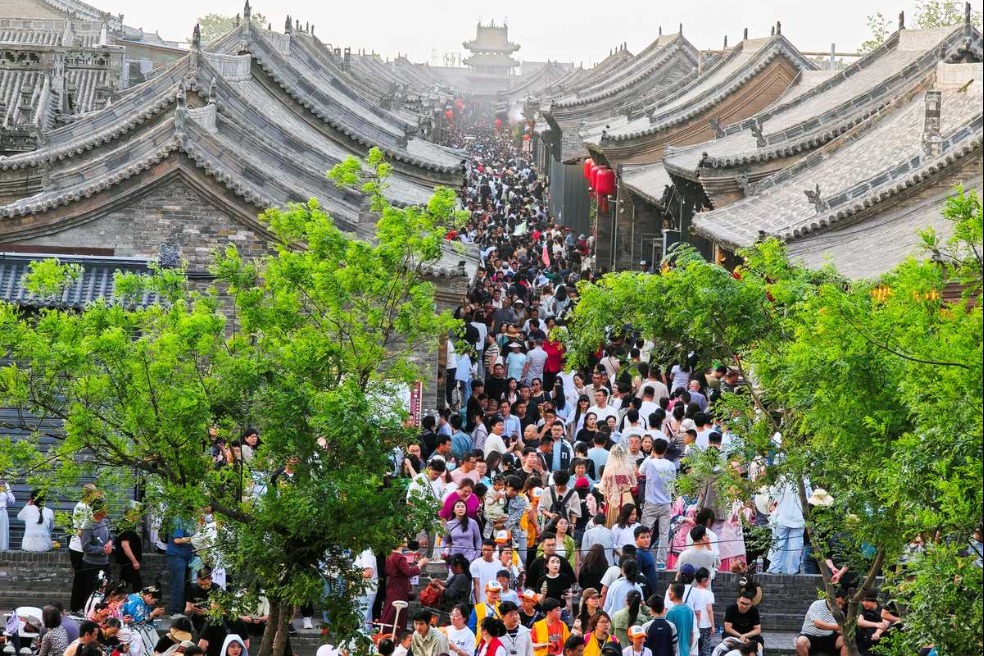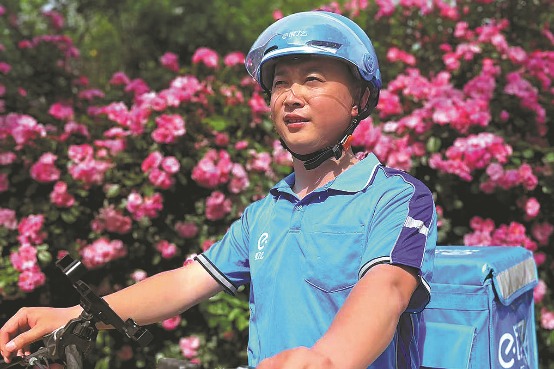China Space Days event reveals Hong Kong's flag on Chang'E 8 robot

This year, my third China Space Day event was spent in Shanghai, after Wuhan last year and Hefei the year before. It was held in the imposing Shanghai World Trade Center, close to the Mercedes-Benz stadium—a lovely, significant, physical nod to Shanghai's long-standing role as an international business city.
Once again, China's growing space presence was on display, showcasing its impressive sophistication and breadth, and there was much to commend, discuss, and appreciate across the several days of activities before and after the official national launch day celebrations on Apr 24th.
For the first time I had the privilege to not only attend the grand opening ceremony but also to be invited to give two talks on the previous day, one in a special session of Professor Yulin Deng's forum on space health issues, and the other during a special conference organized by the Chinese Society of Astronautics, of which apparently I have the honor of being the first non-Chinese member, something I still find hard to believe.
Both talks I gave were on the same basic topic: space sustainability. This is a subject that has been hard to broach, but is perhaps the most critical issue for space utilization in the 21st century. It is no coincidence that the Shenzhou 20 crew, who have worked well at the Chinese Space Station, have more work to do in adding additional defenses to the space station against the threat posed by the ever-increasing number of fast-moving space debris.
Here, a particle weighing only a few grams impacting at a typical speed of 7 to 8 km/s has the kinetic energy equivalent of an exploding hand grenade. There are now likely more than 150 million such debris objects 1 centimeter in size or smaller, whizzing around in low Earth orbit at incredible speeds, not to mention the 45,000+ space objects greater than 10 centimeters in size that are already being tracked from the ground.
All these kinetic energy bombs pose an increasing threat to our economic New Space activities, space science and exploration missions, and to both the International and Chinese space stations. Serious integrated, coordinated, international action is urgently required; doing nothing is not an option.
In a speech at the opening ceremony, the Director of the United Nations' Office for Outer Space Affairs, Aarti Holla-Maini, praised China's accomplishments but also stressed the need for increased cooperation among all space-faring nations to tackle this issue head-on. Last December, she also gave opening remarks via video at the Space Sustainability Workshop held at Hong Kong University.
The opening ceremony was also impressive in the decent time allocated to recognizing the achievements of the teams of Chinese engineers, technologists and visionaries who have together propelled the Chinese space program into the realm of a serious space power in less than 20 years.
Cultural elements of music, song, dance and art were also interspersed between the various high-level speeches and awards, giving the whole event an uplifting and proud atmosphere, which even I, as an Australian and HKU-based guest, felt. It was great to see our collaborators from the Shanghai Institute of Aerospace Systems Engineering winning an important achievement award for their work on the extremely successful Chang'E missions.
Another significant event was the announcement of the science payloads for Chang'E 8. Here for the first time, the Hong Kong flag was proudly visible on the promotional video for a robotic rover, due to the participation of the Hong Kong University of Science and Technology and the Hong Kong Polytechnic University in this primary payload; a special moment for our city and testament to our value and capacity to contribute to significant mainland space missions.
As usual, along with the official series of mini-conferences on various space-related topics of national and international importance, often running in parallel sessions, including a significant one on climate change for space, major exhibitors from dozens of Chinese aerospace companies were present, across the road from the central exhibition halls.
The exhibitors included rocket manufacturers, space-worthy component suppliers, space engine providers, designers, technology pathfinders, 3D printing specialists, satellite providers, artificial intelligence space platforms, and many more. They were all proudly showing off their wares, often in spectacular fashion, with a variety of scale models of satellites, spacecraft, reusable rockets, rovers, landers, robots, and more. It was hard not to get caught up in the belief that anything in space is now possible.
A full-scale mock-up of the new, cutting-edge Qingzhou (or light ship) cargo spacecraft was also on display. This can deliver a substantial cargo volume of mostly scientific instruments of up to 27 cubic metres that can weigh up to 2 metric tons, via a system of 4-tier compartments in a more cost-effective and efficient manner. This includes up to 300 liters of so called cold-chain 'victuals', such as fresh fruit and vegetables, for hungry taikonauts yearning for more normal fare.
Also on simultaneous display was the twin sample of lunar near and far-side moon rock, as brought back by the Chang'E 5 and 6 missions. This was pertinent to the announcement in the main hall of all the international universities that have been loaned moon rock from Chang'E 5. These included the Open University of the United Kingdom, and the Brown and Stony Brook universities in the United States.
To me, this is an open-handed demonstration and genuine sharing gesture for global scientific partnership and collaborations if ever there was one. We need much more of this.
The author is the Director of Lab for Space Research at the University of Hong Kong.





































